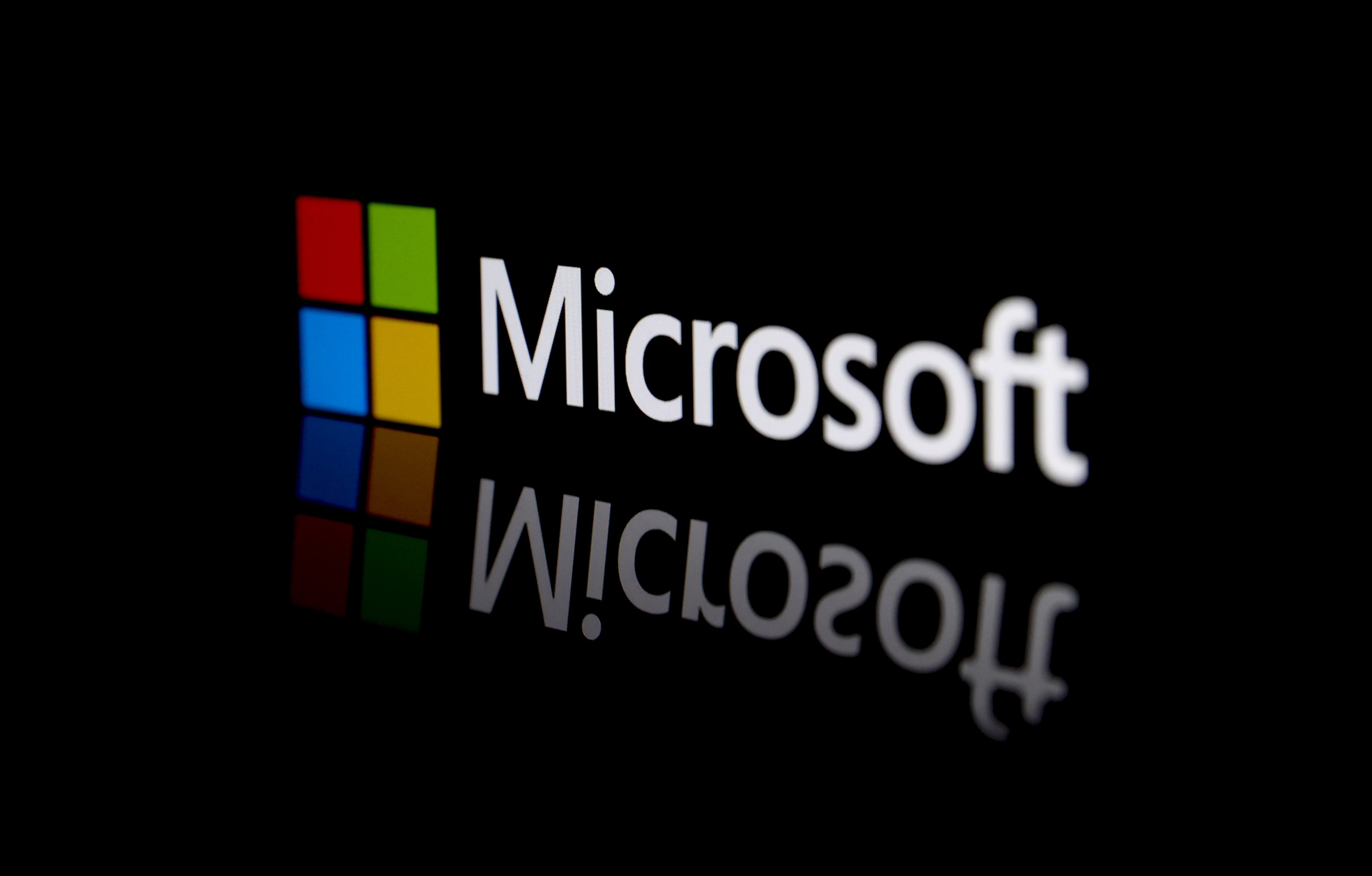While optimism surrounding the artificial intelligence (AI) buildout was already strong, a slew of big partnership announcements last month, mostly involving AI leader OpenAI, led most chip and cloud stocks to surge even higher in September.
At these higher valuations, picking new AI stocks is a bit trickier. But there are still opportunities in high-quality, defensive AI stocks, as well as laggard turnarounds that still have AI upside.
The following two storied names embody both defensive and aggressive bets on the AI revolution today.

NASDAQ: MSFT
Key Data Points
Microsoft
Microsoft (MSFT +0.47%) is a leader in enterprise software, cloud computing, and PC operating systems, along with other cash-generative businesses like LinkedIn and Xbox.
Microsoft's diversified portfolio of profitable growth businesses gives it the cash flow to compete strongly in artificial intelligence. And while the generative AI boom is potentially disruptive to even the large tech giants, it's more likely the forward-thinking Microsoft and visionary CEO Satya Nadella will find ways to benefit from the AI transition.
After all, Microsoft was an early investor in OpenAI, the leading AI model-builder, which in some ways is attempting to compete with Microsoft's enterprise software business. But even if that happens to an extent, Microsoft's stake in OpenAI would appreciate in value, somewhat offsetting the threat.
Meanwhile, Microsoft has made a few bullish "leaks" of late. According to a recent Bloomberg piece citing anonymous internal sources, Microsoft management apparently believes its data center capacity will be constrained for longer than previously anticipated.
Not having enough data center capacity to meet demand seems like a "good" problem to have, and suggests the growth outlook for Microsoft's Azure cloud unit should be strong for years.
Meanwhile, another Microsoft executive recently hinted at something bigger perhaps bubbling under the surface -- Microsoft's in-house AI chip efforts. Microsoft is seen as somewhat of a laggard in designing its own in-house AI accelerators, something its rivals have been at for a longer time. In recent years, cloud giants have been designing their own silicon in order to wean themselves off higher-priced Nvidia and Advanced Micro Devices graphics processing units (GPUs).
However, Microsoft Chief Technology Officer Kevin Scott recently said Microsoft's goal is to use "mainly" its own chips going forward, adding that Microsoft is using "lots of Microsoft" silicon today. If Microsoft gets its in-house chip efforts on par with or better than rivals, look for its cloud and AI gross margins to increase even more.
Intel
While most AI-related chip stocks are at or near their all-time highs, Intel (INTC 0.59%) has been a notable laggard. The stock has recently doubled off its April lows, but Intel's stock still remains about 50% below all-time highs, and trades at a fraction of the market cap of other AI winners.
But this summer, a turnaround began brewing, as Intel attracted the investment of the U.S. government, Softbank, and Nvidia, which all put billions of dollars behind the U.S. chipmaker.
Perhaps more importantly, Intel just hosted journalists at its new high-tech semiconductor manufacturing plant, Fab 51, in Arizona last week. There, it introduced the first two products to be produced at the new fab: Panther Lake, a new PC CPU, and Clearwater Forest, the power-efficient data center CPU, which should start shipping in early 2026.
The event was important, as it was the formal unveiling of Intel's all-important 18A node, the manufacturing node where Intel hopes to catch up to Taiwan Semiconductor Manufacturing in process technology. The node features two new important innovations: gate-all-around (GAA) transistors and backside power. At the tour, Intel said 18A's current manufacturing defect density was at its lowest point in its development, and that the node would be ready for high-volume manufacturing before the year is out.
That's extremely notable, as many in the press have downplayed 18A, with various outlets peddling rumors of low yields and questions over performance. But if Intel can achieve high-volume manufacturing this quarter at good yields, it will match TSMC's schedule for its 2nm-class chips, which should also begin high-volume manufacturing soon. And while TSMC chips will have GAA transistors, they won't have backside power. So it's possible for some applications, Intel may actually be ahead of TSMC in 2026.
And Intel will certainly be ahead of TSMC in terms of U.S.-based chip manufacturing. Despite TSMC having pledged billions and billions to build U.S.-based fabs, it isn't anticipated to bring even its 3nm chip technology to the U.S. until 2027, let alone 2nm, which is supposed to arrive the following year. That means if there is geopolitical strife between China and Taiwan at any point over the next few years, Intel's importance would only grow -- perhaps exponentially.
With the backing of the U.S. government and now potentially having a leading process once again, Intel is a turnaround story to bet on, even after its recent surge.





